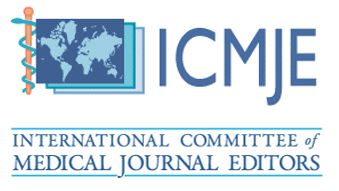Assessment of Stress Corrosion Cracking Behavior of Additively Processed Al-Mg-Sc-Zr Alloy
Additively manufactured (AM) structures provide significant advantages in terms of lightweight engineering potentials, using methods like topology optimization or the integration of lattice structures. Applications in automotive, aerospace and space therefore require high-strength aluminum alloys, for which structural 2xxx, 5xxx, 6xxx or 7xxx alloys are applied. Scalmalloy is a newer Sc- and Zr- modified hardenable high-strength Al-Mg alloy, offering very good mechanical properties. However, from an industrial perspective not only the mechanical properties are of importance, since structural parts are also exposed to chloride environmental conditions, leading to corrosion effects. It is therefore mandatory to characterize the corrosion behavior. In this respect the corrosion behavior of additively processed Al-alloys have so far mostly been characterized for AlSi10Mg alloys using electrochemical potential analysis methods, while the experimental testing of stress corrosion properties has not been reported. The study analyzed the stress corrosion cracking susceptibility of a Al-Mg-Sc-Zr alloy processed by Selective Laser Melting. The results indicate that the AM-processed AlMg-Sc-Zr alloy shows at least moderate stress corrosion resistance according to the ECSS-standard, even though the microstructural situation in such welded materials is different to conventionally processed materials.
Keywords: Laser Powder Bed Fusion, Aluminum, Stress corrosion cracking, ECSS standard, space requirements
Citation: A.B. Spierings, K. Kern, Y. Steimer, F. Palm and K. Wegener. “Assessment of Stress Corrosion Cracking Behavior of Additively Processed Al-Mg-Sc-Zr Alloy”. SVOA Materials Science &Technology, 2021, 3(2) Pages: 24-35.











